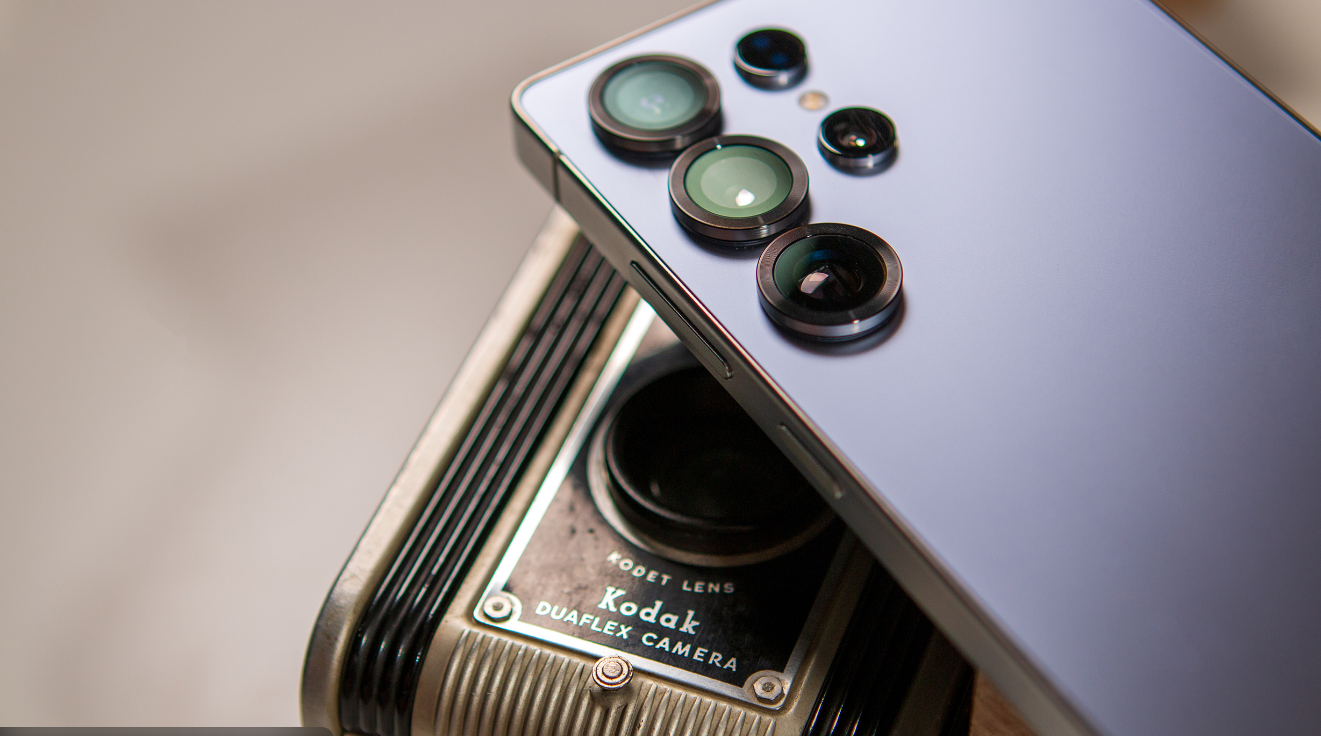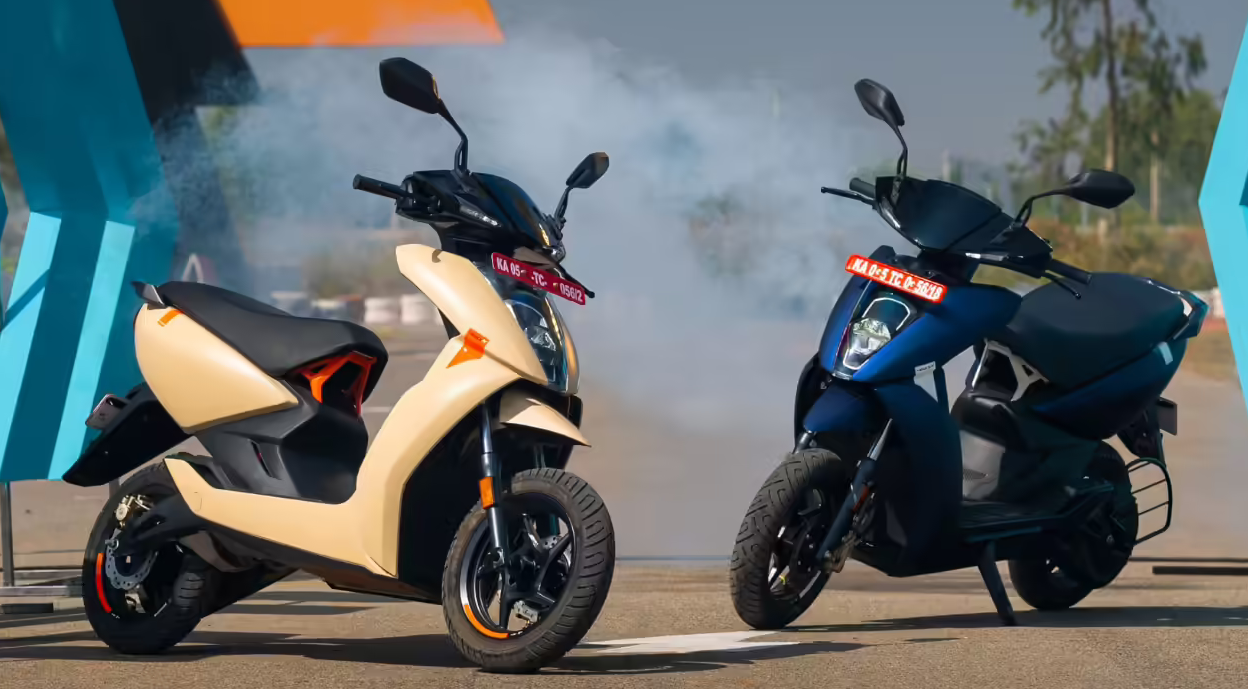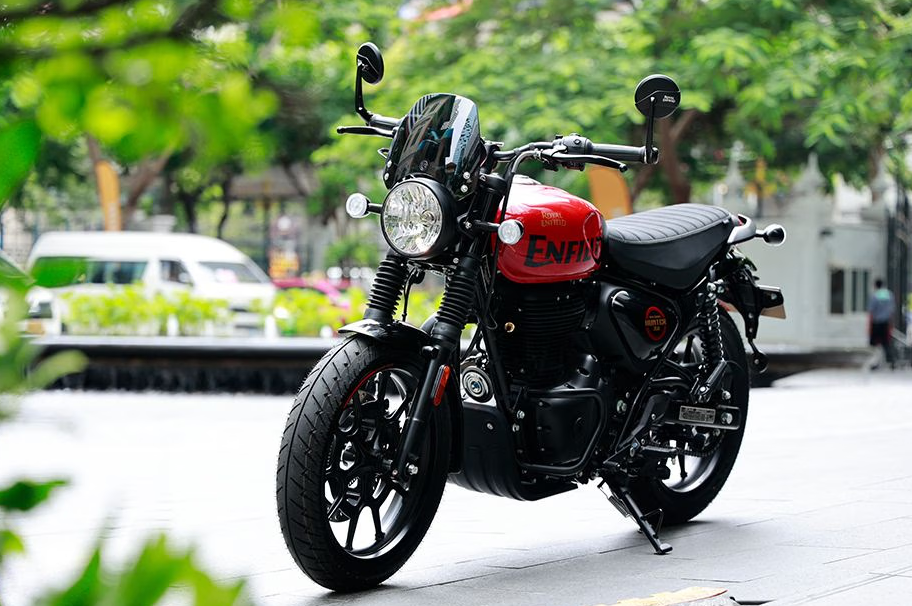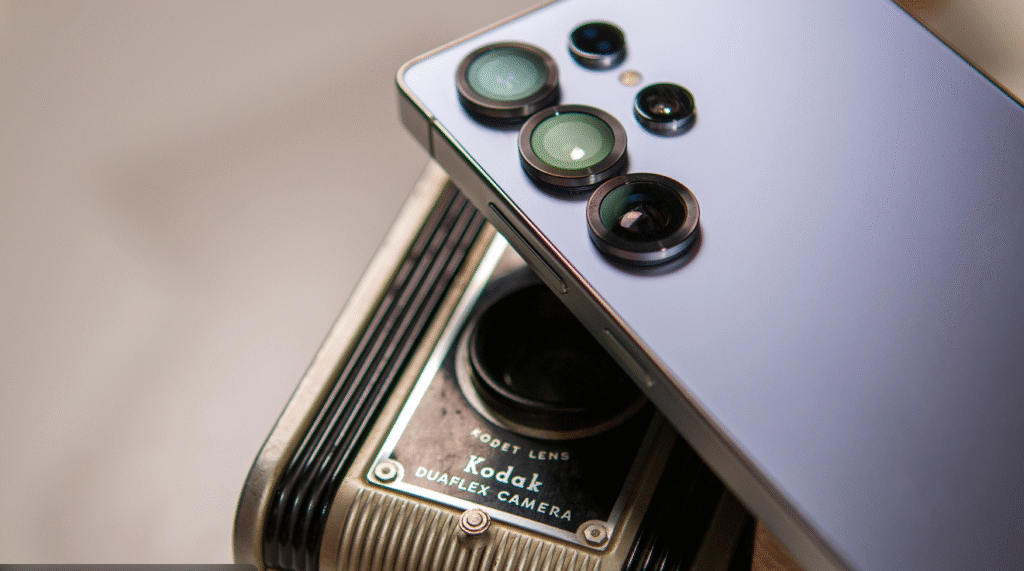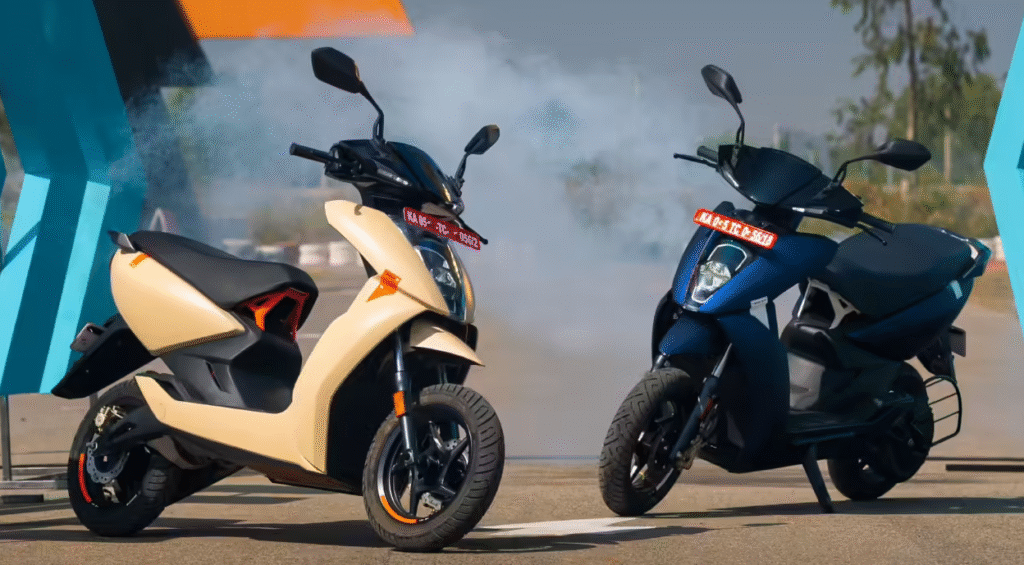Nestled along the shimmering Arabian Sea on the northern tip of Kerala, Bekal Fort stands as a testament to the state’s rich cultural and military history. Located in Kasaragod district, this imposing structure is not only the largest fort in Kerala, but also one of the most well-preserved and picturesque monuments in the state. With its blend of history, panoramic views, and coastal beauty, Bekal Fort attracts history buffs, photographers, and nature lovers alike.
A Glimpse into History
Bekal Fort’s origins date back over 300 years, with historians suggesting it was built by Shivappa Nayaka of the Keladi Nayaka dynasty in the 17th century. The fort was primarily established as a military outpost rather than a royal residence, which is evident from its strategic positioning and the lack of palatial structures within.
Later, the fort fell into the hands of Tipu Sultan, who used it during his military expeditions against the British in the Malabar region. After Tipu’s defeat in the Third Anglo-Mysore War, the fort came under British control, further cementing its role in colonial history.
Architectural Grandeur
Covering an area of over 40 acres, Bekal Fort is a fine example of coastal military architecture. Its zigzag entrance, trenches around the fort, and observation towers reveal its strategic design aimed at defense. The fort is made primarily of laterite stones, a common building material in Kerala.
Key features include:
- Observation Tower: A prominent circular tower rising above the fort’s walls, offering a commanding view of the surrounding landscape and the Arabian Sea.
- Underground Passages: Secret tunnels and hidden passages, believed to have been used for quick escapes or troop movements.
- Water Tank: With a flight of steps leading to it, the tank is a testimony to the fort’s self-sufficient water storage.
- Bastions and Cannons: Though most cannons have vanished with time, the bastions still showcase the fort’s defensive prowess.
Scenic Beauty and Tourism
Bekal Fort is not just about history—its panoramic views of the sea, the lush greenery, and the serenity of the beach make it a favorite destination for tourists. The Bekal Beach, adjacent to the fort, offers a peaceful retreat with gentle waves and golden sands.
The Bekal Fort Park, maintained by the Kerala government, features well-manicured lawns, pathways, and seating areas, making it an ideal spot for picnics and family outings. The combination of the majestic fort and the scenic beach creates a perfect backdrop for photography and cinematography—in fact, several Indian films have featured scenes shot at Bekal Fort, most notably the song “Uyire” from the movie Bombay.
How to Reach Bekal Fort
- By Air: The nearest airport is Mangalore International Airport (around 70 km away).
- By Train: The closest railway station is Bekal Fort Railway Station, just 1.5 km from the site.
- By Road: Bekal is well connected by roads to major towns in Kerala and Karnataka, with regular buses and taxis available.
Nearby Attractions
Visitors to Bekal can also explore other nearby attractions, including:
- Kappil Beach and Backwaters
- Ananthapura Lake Temple
- Chandragiri Fort
- Nityanandashram Caves
Best Time to Visit
The ideal time to visit Bekal Fort is between October and March, when the weather is cooler and more pleasant for sightseeing. The monsoon season (June to September) also brings a unique charm, with lush greenery and dramatic skies, though heavy rains may affect travel plans.
Conclusion
Bekal Fort is more than just a historical monument; it’s an experience that combines Kerala’s coastal charm, military heritage, and natural beauty. Whether you’re a history lover, a photographer, or a traveler looking for tranquility, Bekal Fort offers something for everyone. A visit to this magnificent fort is like stepping into a bygone era while being cradled by nature’s serene embrace.



